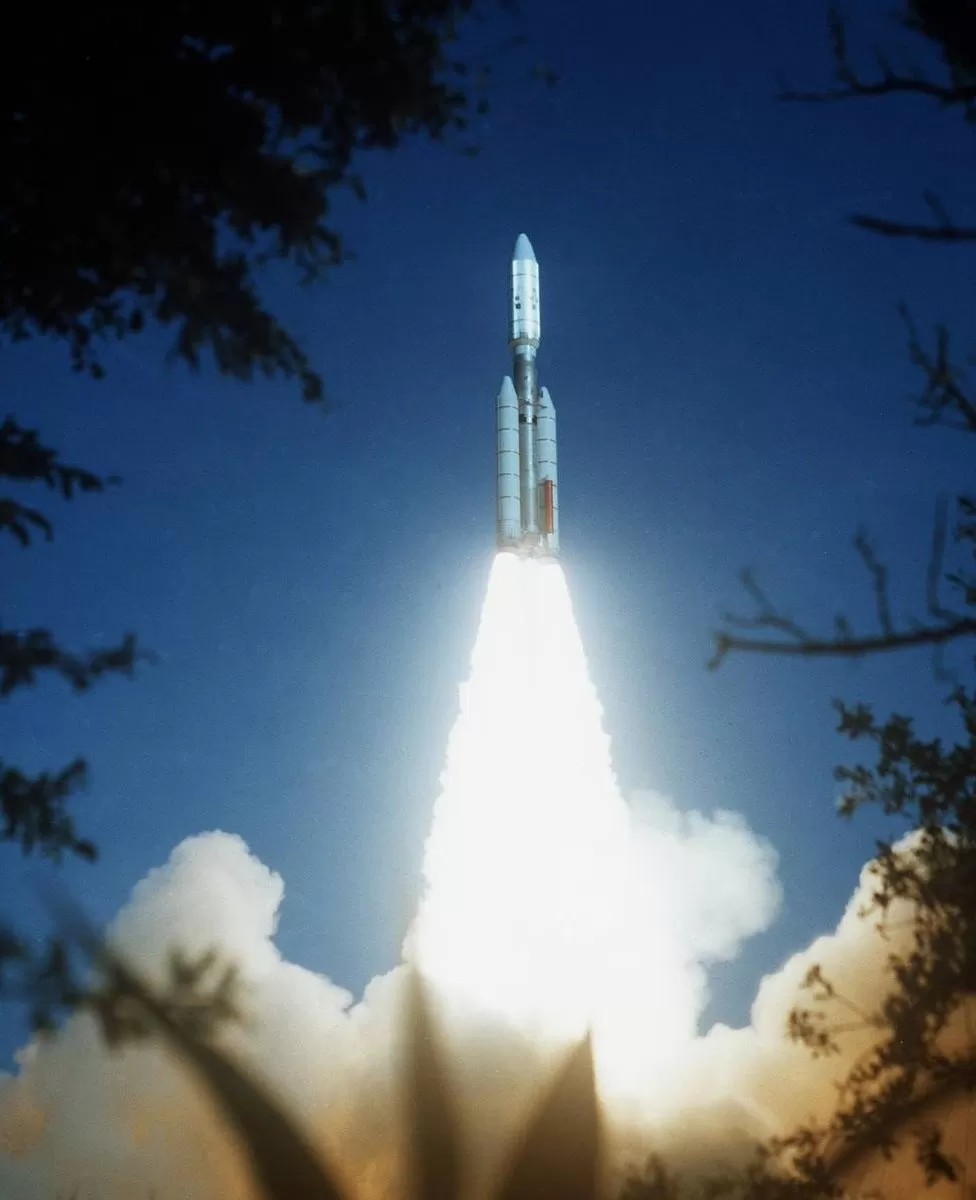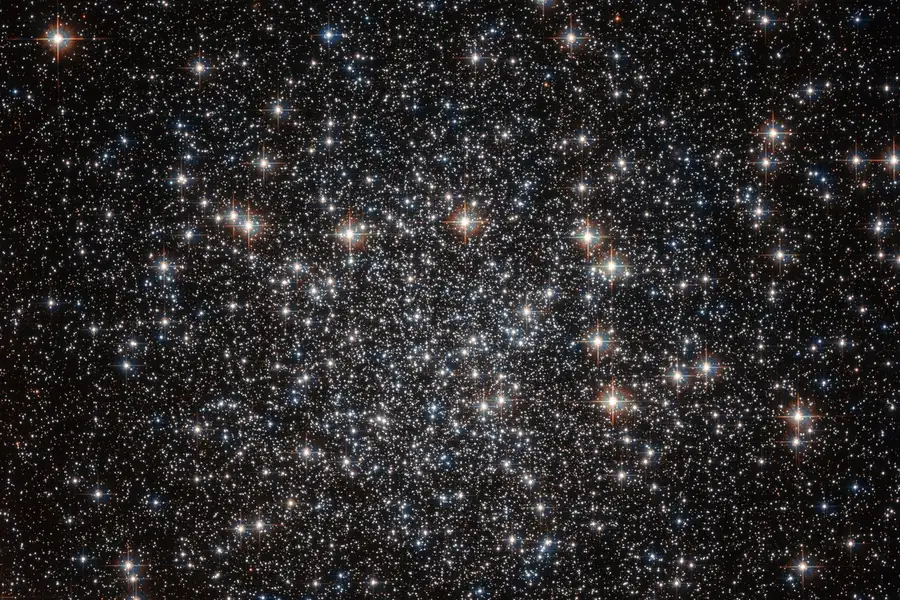In an awe-inspiring display of interstellar technology, Nasa’s Voyager 2 probe has once again proved its resilience by sending a reassuring “heartbeat” signal back to Earth after encountering a momentary setback. Launched in 1977, this intrepid spacecraft has been exploring the universe for decades, venturing beyond the heliosphere into the vast realm of interstellar space. Despite losing contact due to an unintended command, Voyager 2 has now re-established limited communication with Nasa, affirming its “good health” and fascinating journey through the cosmos.
The Journey of Voyager 2: Voyager 2 currently traverses interstellar space at a staggering speed of approximately 34,390mph (55,346km/h), a remarkable feat considering its immense distance from Earth – more than 12.3 billion miles (19.9 billion km). In July, the probe encountered a minor setback when its antenna unintentionally pointed two degrees away from Earth, rendering it unable to receive commands or transmit data. However, despite the vast distance and communication challenges, Nasa managed to pick up a signal during a regular scan of the sky, re-establishing contact with Voyager 2.
Nasa’s Efforts to Reconnect: Given the immense distance involved, the signal from Voyager 2 took about 18 hours to reach Earth. Nasa’s Deep Space Network, comprising giant radio antennae around the world, played a crucial role in this endeavor. The team in Canberra, Australia, used a massive dish to detect any stray signals from the probe, while also sending the correct commands in the hope of reconnecting with the spacecraft. Although full communication is yet to be restored, Nasa remains optimistic, as Voyager 2 is programmed to reset its orientation regularly to keep its antenna pointed toward Earth. The next reset is expected on 15th October, offering a promising chance for communication to resume fully.
The Voyager Missions’ Remarkable Legacy: Launched to study the outer solar system, Voyager 2 and its twin, Voyager 1, have exceeded all expectations, becoming the only spacecraft to operate outside the heliosphere. The heliosphere acts as a protective bubble of particles and magnetic fields generated by the Sun, and Voyager 1 and 2 breached this boundary in 2012 and 2018, respectively. Voyager 2 achieved the distinction of being the only spacecraft to fly by Neptune and Uranus, while Voyager 1 now resides nearly 15 billion miles away from Earth, marking it as humanity’s farthest-reaching spacecraft.
Captivating Extra-Terrestrial Communication: A fascinating aspect of the Voyager missions lies in the Golden Record each spacecraft carries. This record contains Earth’s sounds, pictures, and messages, meticulously curated to communicate the story of our world to potential extraterrestrial civilizations. It serves as a poignant reminder of humanity’s curiosity and desire to reach out to the unknown realms of space.
The extraordinary resilience of Voyager 2 continues to captivate the world, symbolizing human ingenuity and the relentless pursuit of knowledge beyond our celestial borders. Despite moments of communication loss, the probe remains steadfast in its mission, unveiling the mysteries of interstellar space and paving the way for future discoveries. As Nasa’s signal receivers eagerly await the next reset in October, the story of Voyager 2 serves as an inspiration, reminding us of the boundless potential of exploration and the unyielding spirit of human achievement.
Why did Voyager 2 lose contact with Nasa? Voyager 2 encountered a setback when its antenna tilted two degrees away from Earth due to an unintended command, leading to a temporary loss of communication.
Is Voyager 2 still functional? Yes, despite the temporary communication loss, Nasa has received a “heartbeat” signal from Voyager 2, confirming its continued functionality and “good health.”
How far is Voyager 2 from Earth? Voyager 2 is currently over 12.3 billion miles (19.9 billion km) away from Earth, hurtling through interstellar space at an impressive speed of approximately 34,390mph (55,346km/h).
What is the significance of Voyager 2’s journey? Voyager 2 and its twin, Voyager 1, are the only spacecraft to operate beyond the heliosphere, exploring interstellar space and providing valuable insights into the outer solar system.
What information does the Golden Record on Voyager 2 contain? The Golden Record carries sounds, images, and messages from Earth, intended to communicate the story of our world to potential extraterrestrial civilizations.











